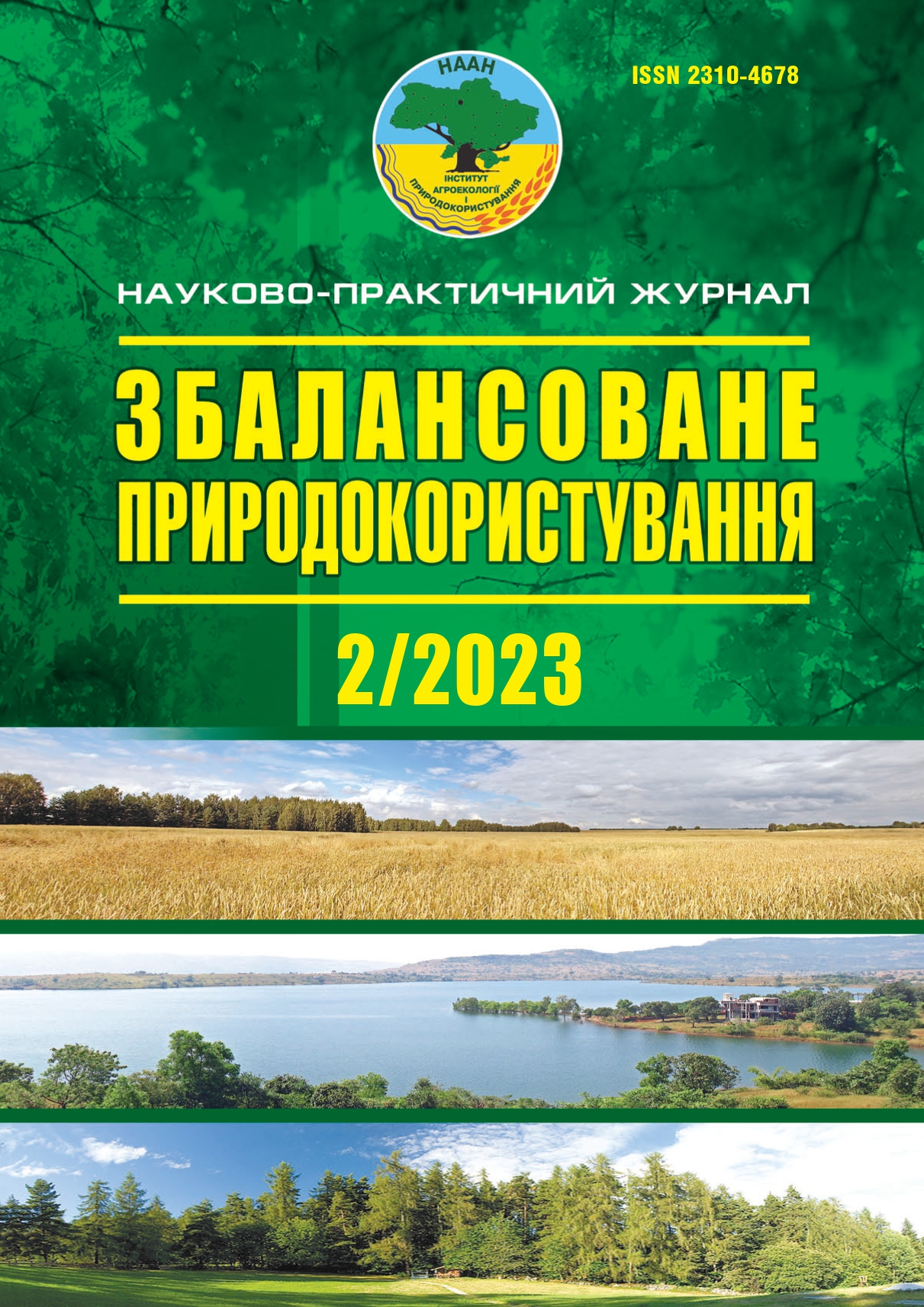Features of the growth and development of decorative lupine species in the conditions of the architectural and exposition plot at the VNAU
DOI:
https://doi.org/10.33730/2310-4678.2.2023.282752Keywords:
Lupinus L., decorative horticulture, biodiversity, introduction, ecological and biological features, flowering, decorative valueAbstract
The conducted research is devoted to modern decorative floriculture, which is a fast-growing industry, and its most important task is the constant expansion of the range of flower and decorative plants for various purposes in landscaping. It has been established that the source for enriching the cultural flora is the collection funds of ornamental plants collected in botanical gardens and arboretums as the main centers for the preservation of the gene pool of many plants and their cultural varieties. A wide variety of decorative and valuable lupins is available in the architectural and exposition site of the Department of Forestry, Horticulture, Horticulture and Viticulture of the Faculty of Agronomy and Forestry, as well as the Podillia Botanical Garden of the Vinnytsia National Agrarian University. Decorative and valuable lupins have sufficient ecological plasticity, which is confirmed by growing in many introduction centers with different natural and climatic conditions. However, they are often not used in the decorative horticulture of flower arrangements in the Podillia area. It has been investigated that the main reason for the insufficient use of these species in landscaped settlements is the lack of information about their ecological and biological features and decorative properties, cultivation technologies and options for their use. However, the introduction of representatives of the genus Lupinus L., namely Lupinus polyphyllus L., into the culture contributes to the preservation of biodiversity and the involvement of a significant range of flower and ornamental plants in culture conditions. The replenishment of the collection of the architectural exhibition area of the VNAU with the introduced hybrids Gallery White and Gallery Red, the expansion of options for simple and complex garden compositions with their participation, their more even placement within the boundaries of populated areas will significantly bring the flower garden design of populated cities of Ukraine closer to the level of the best world examples.
References
Pantsyreva, H.V. (2019). Rist, rozvytok i produktyvnist sortiv liupynu biloho v umovakh pravoberezhnoho Lisostepu Ukrainy [Growth, development and productivity of white lupine varieties in the conditions of the right-bank forest-steppe of Ukraine]. Visnyk LNAU — Bulletin of the Lviv National Agrarian University, 1, 103–110 [in Ukrainian].
Honcharuk, I., Matusyak, M., Pantsyreva, H., Kupchuk, I., Prokopchuk, V., & Telekalo, N. (2022). Peculiarities of reproduction of pinus nigra arn. in Ukraine. Bulletin of the Transilvania University of Brasov, Series II: Forestry, Wood Industry, Agricultural Food Engineering, 15 (64), 33–42 [in English].
Amanpreet, S., & Harmandeep, S. (2020). Organic Grain Legumes in India: Potential Production Strategies, Perspective and Relevance. Legume Crops — Prospects, Production and Uses, 1, 1–18. DOI: https://doi.org/10.5772/intechopen.93077 [in English].
Nosheen, S., Ajmal, I., & Song, Y. (2021). Microbes as Biofertilizers a Potential Approach for Sustainable Crop Production. Sustainability, 13 (4), 1–20. DOI: https://doi.org/10.3390/ su13041868 [in English].
Mazur, V.A., & Pantsyreva, H.V. (2020). Rid Lupinus L. v Ukraini: henofond, introduktsiia, napriamy doslidzhen ta perspektyvy vykorystannia: monohrafiia [The genus Lupinus L. in Ukraine: gene pool, introduction, directions of research and prospects for use: monograph]. VNAU [in Ukrainian].
Mazur, V.A., Prokopchuk, V.M., & Pantsyreva, H.V. (2018). Pervynne introduktsiine otsiniuvannia dekoratyvnykh vydiv Lupinus v umovakh Podillia [Initial introductory assessment of decorative Lupinus species in the conditions of Podillia]. Naukovyi visnyk NLTU Ukrainy — Scientific bulletin of UNFU, 28 (7), 40–44 [in Ukrainian].
Vasylevskyi, O.H., Yelisavenko, Yu.A., Neiko, I.S., & Monarkh, V.V. (2017). Suchasnyi stan pryrodnykh dubovykh derevostaniv DP “Vinnytske LH” [The current state of the natural oak woodlands of the state enterprise “Vinnitsa forestry”]. Zbirnyk naukovyx pracz. Silske gospodarstvo ta lisivnycztvo — Collection of scientific works. Agriculture and forestry, 7, Vol. 1, 129–139 [in Ukrainian].
Telekalo, N.V., Matusiak, M.V., & Prokopchuk, V.M. (2021). Lisivnycho-ekolohichni osoblyvosti lisovidnovlennia ta lisorozvedennia v umovakh Podillia: monohrafiia [Forestry and ecological features of reforestation and afforestation in the conditions of Podillia]. Vinnytsia: TVORY [in Ukrainian].
Downloads
Published
Issue
Section
License
- The authors reserve the right to authorship their work and pass the journal the right to publish this work under a Creative Commons Attribution License license, which allows other persons to freely distribute the published work with the obligatory The authors of the original work and the first publication of this magazine.
- The authors have the right to make independent additional agreements on the nonexclusive dissemination of the work in the form in which it was published by this magazine (for example, to post work in the company's electronic storage or to publish as a monograph) , subject to the first publication of the link to this journal.
- Journal policy allows and encourages the placement of authors on the Internet (for example, in the repositories of institutions or on personal websites) manuscript work as to the presentation of this manuscript to the editorial board and during its editorial processing, as it contributes to The productive scientific discussion and positively affects the efficiency and dynamics of citation published work (see The Effect of Open Access).


